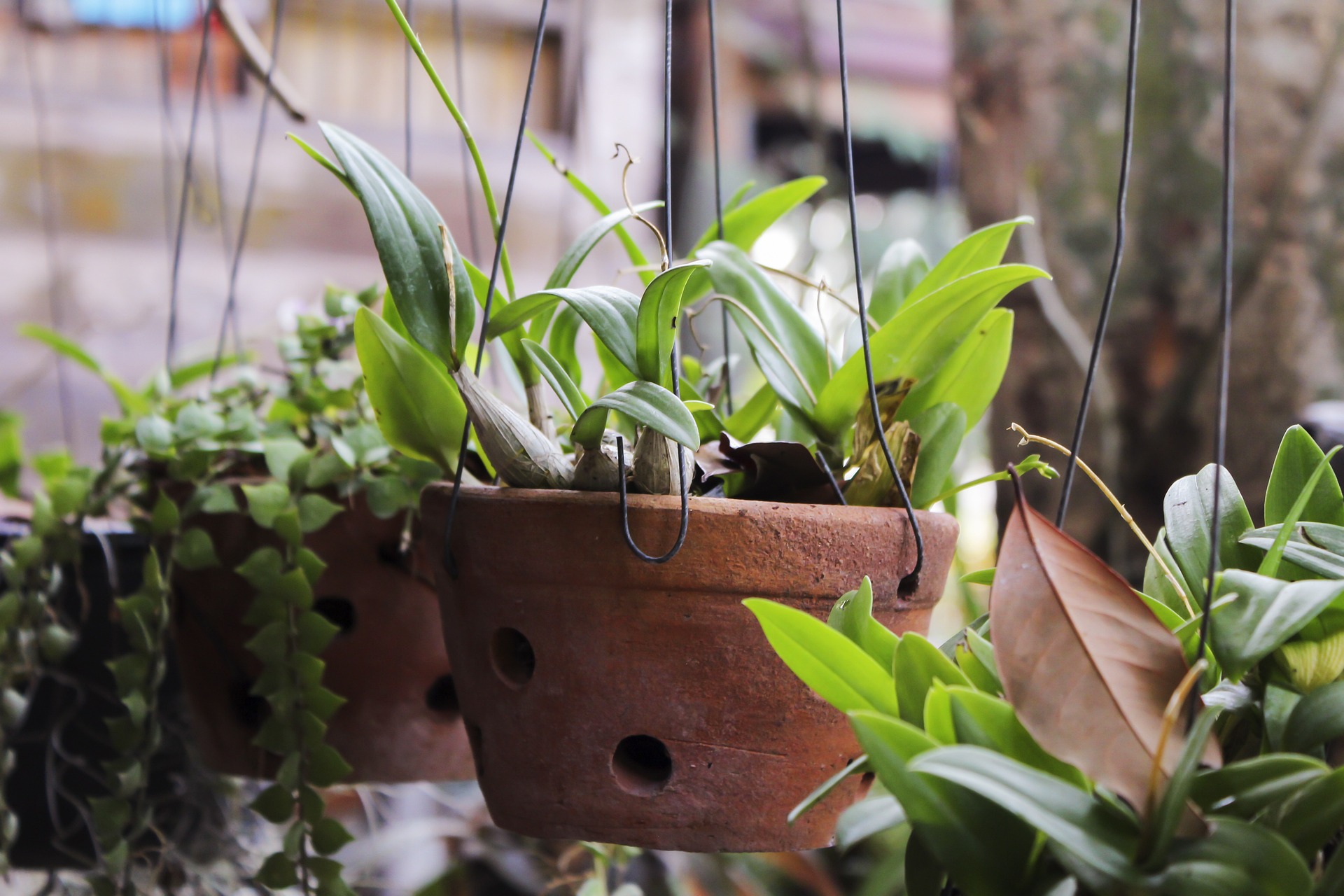Indoor Plants for Better Air Quality: Enhancing Your Home Environment
Curious about how indoor plants can improve air quality and create a healthier living space? Explore below to discover which plants are best known for their air-purifying properties and how to incorporate them into your home.

Benefits of Indoor Plants for Air Quality
- Natural Air Filters: Indoor plants absorb pollutants such as volatile organic compounds (VOCs) and formaldehyde from the air, reducing indoor air pollution.
- Health Benefits: Cleaner air can lead to improved respiratory health, better concentration, and reduced stress levels.
- Fact: NASA’s Clean Air Study identified several houseplants that can effectively purify indoor air by removing harmful toxins.
Top Indoor Plants for Air Purification
- *1. Peace Lily (Spathiphyllum spp.)*
- Purifying Qualities: Removes common household toxins like formaldehyde, benzene, and carbon monoxide.
- Care Tips: Thrives in low to medium light conditions; keep soil evenly moist.
- *2. Spider Plant (Chlorophytum comosum)*
- Purifying Qualities: Effective at removing formaldehyde, xylene, and carbon monoxide.
- Care Tips: Prefers bright, indirect light; water moderately and allow soil to dry between watering.
- *3. Snake Plant (Sansevieria trifasciata)*
- Purifying Qualities: Filters out formaldehyde, benzene, xylene, and trichloroethylene.
- Care Tips: Thrives in low light conditions; allow soil to dry completely before watering.
- *4. Boston Fern (Nephrolepis exaltata)*
- Purifying Qualities: Known for its ability to remove formaldehyde and xylene.
- Care Tips: Requires high humidity and indirect light; keep soil consistently moist.
- *5. Aloe Vera (Aloe barbadensis miller)*
- Purifying Qualities: Clears formaldehyde and benzene from the air.
- Care Tips: Prefers bright, indirect light; water deeply but infrequently.
Incorporating Indoor Plants Into Your Home
- Placement: Position plants strategically in rooms where you spend the most time to maximize air purification benefits.
- Grouping: Create clusters of plants to increase their collective air-purifying capacity and enhance visual appeal.
- Maintenance: Regularly dust plant leaves to ensure optimal photosynthesis and air purification efficiency.
Additional Tips for Indoor Plant Care
- Light Requirements: Understand the light preferences of each plant species to ensure they thrive in your home environment.
- Watering: Develop a watering schedule based on plant needs; avoid overwatering to prevent root rot.
- Humidity: Monitor indoor humidity levels, especially for plants that require higher humidity like Boston Ferns.
Conclusion
Introducing air-purifying indoor plants not only enhances the aesthetic appeal of your home but also contributes to a healthier indoor environment by reducing airborne toxins. By selecting plants known for their air-purifying qualities and providing proper care, you can enjoy cleaner, fresher air while creating a serene and inviting atmosphere in your living space. Incorporate these indoor plants into your home decor to promote well-being and elevate the overall quality of your indoor environment.




